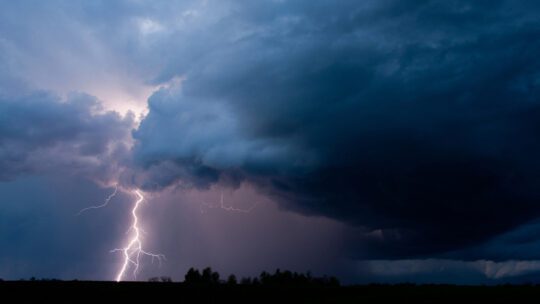
For decades, PR pros planned communication around weather ‘seasons’—hurricane season and tornado season in particular. Each spring, messages were issued with reminders to prepare for possible weather events. In November, we were reminded to prepare for winter weather.
Climate change has upended what we think of as seasons. Typically, April through July is tornado season, and June through November is hurricane season.
In the past few years, though, we have seen devastating tornado events and tropical storms much earlier than the ‘season.’ Extreme rains are more frequent, too, throughout the year, causing more fatal flooding than ever.
Who would have thought we would have more Hurricane Ida casualties in the northeast US than in the Gulf coast? Many organizations likely were unprepared when Ida moved north.
In its 2020 annual crisis report, The Institute for Crisis Management noted there were 416 natural disasters last year, causing twice as much damage as in 2019, according to Statista. The 30 named Atlantic storms exhausted the alphabetical list of names for only the second time.
And then there are earthquakes, which have no season. The USGS’ (U.S. Geological Survey) National Earthquake Information Center identifies 20,000 earthquakes worldwide annually, or around 55 per day. Let us not forget record-setting wildfires, mudslides, monsoons and tsunamis.
Clearly, PR pros should update crisis communication plans to assure that weather and natural disasters are considered more likely, even in unlikely regions and at unexpected times of year.
For organizations that lack a disaster communication or operation plan, there are free resources online that make planning much easier.
One of the best is the Federal Emergency Management Agency (FEMA), which reports that 40 percent of businesses do not reopen after a disaster.
As natural disasters and major weather events involve first responder agencies, every PR pro should become familiar with the National Incident Management System (NIMS). It is an easy-to-follow command structure that guides organizations regarding the communication, personnel and operations plans needed to effectively manage a disaster.
PR pros who understand NIMS will work better with municipal officials to assure that disaster communication is timely, targeted and effective.
FEMA’s Emergency Management Institute offers free NIMS courses online.
So what are you waiting for? The next natural disaster could hit your organization. Be prepared!
- Deb Hileman
Deb Hileman, SCMP, is president and CEO, Institute for Crisis Management
